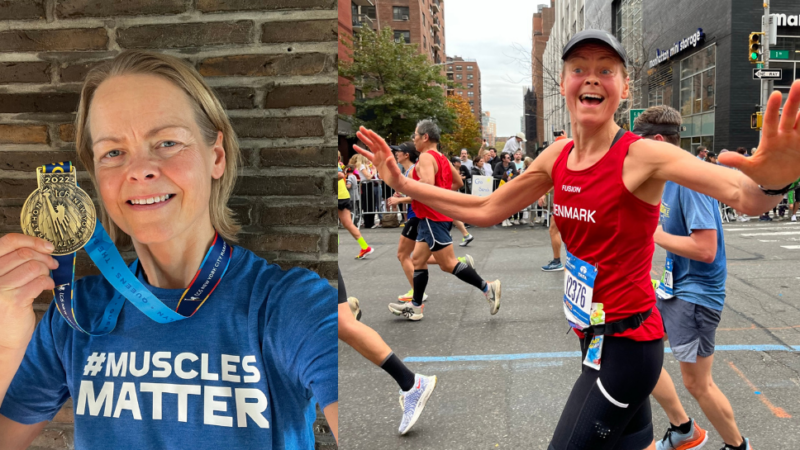Polymyositis (PM) is an autoimmune condition that causes chronic muscle weakness and inflammation. It can affect people of any age.
Polymyositis is a type of myositis – a group of conditions that cause muscle inflammation and weakness. These conditions are also known as idiopathic inflammatory myopathies.
As our understanding of myositis grows, polymyositis is now considered a rare diagnosis. It’s thought that many people who were previously diagnosed with polymyositis may have antisynthetase syndrome (ASyS), immune-mediated necrotising myopathy (IMNM), or muscle inflammation linked to another autoimmune disease (sometimes called overlap myositis, OM). We don’t discuss these conditions here.

